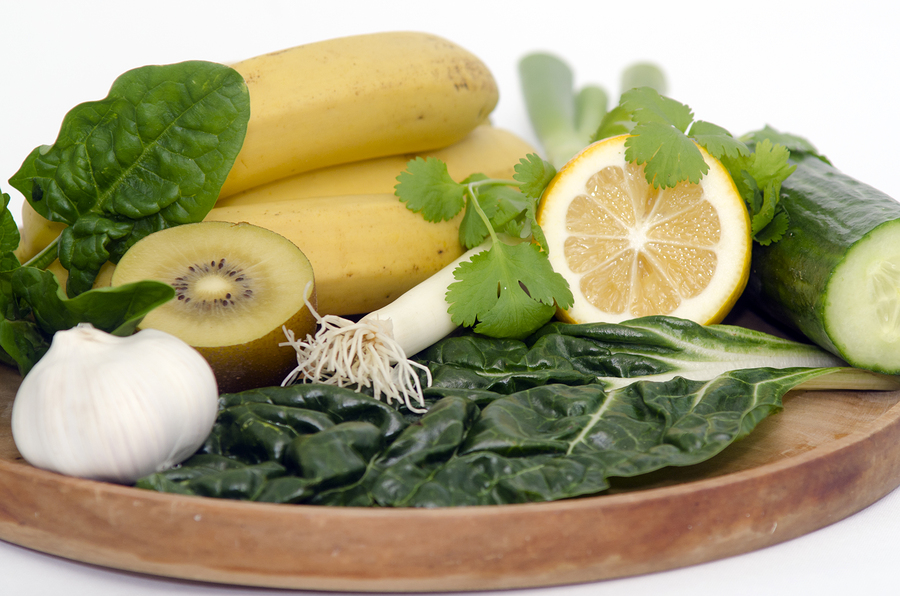- Make It Yourself Lavender Heart-Shaped Bath Bombs!
- 20 Things You Never Knew About “Down There”
- 12 Best Foods For Those Suffering From Arthritis Pain
- 12 Personal Hygiene Mistakes Almost Everyone Makes (Mom Never Told You About #4!)
- 15 Medicinal Plants And Herbs From The Cherokee People
- 12 Mind-Blowing Benefits Of Drinking Coconut Water During Pregnancy
- 12 Outstanding Winter Foods That Won’t Fatten You Up Like A Christmas Turkey
How To Restore Your Body’s Alkaline Balance

Photo credit: bigstock.com
Foods that increase the alkalinity of the body include:
1. Green vegetables. This includes lettuce, cabbage, kale, spinach, and any other leafy green vegetable. Broccoli, asparagus, brussel sprouts, celery, and peas are also good choices. Any vegetable that is rich in chlorophyll (the green pigment in plants which converts sunlight into food) should fit the bill.
2. Non-green vegetables are also a good option. Radishes, tomatoes, onions, olives, sweet potatoes, yams, beets and squash should be on your list.
3. Selected fruits & seeds. Think grapefruit, mangoes, lemons and limes, coconut, cherries, apples and pineapples, as well as pumpkin and flax seeds.
4. Selected grains & legumes. One grain that is very effective at restoring alkalinity to the body is buckwheat. It’s not exceptionally common in the typical Western diet but it is definitely worth substituting for wheat when available. Other good choices include millet, quinoa, barley, wild rice, and sprouts
5. Olive oil, coconut oil and flax seed oil have also demonstrated effectiveness at reducing acidity.
It’s important to keep in mind that just adding in a salad or two each week isn’t enough. Occasionally eating clean isn’t going to fix the problem if you’re cancelling it out by eating more of the acidic foods. Generally speaking, a ratio of 80% alkaline foods to 20% acidic foods will ensure a healthy PH-balance.
Continue to Page 3
































